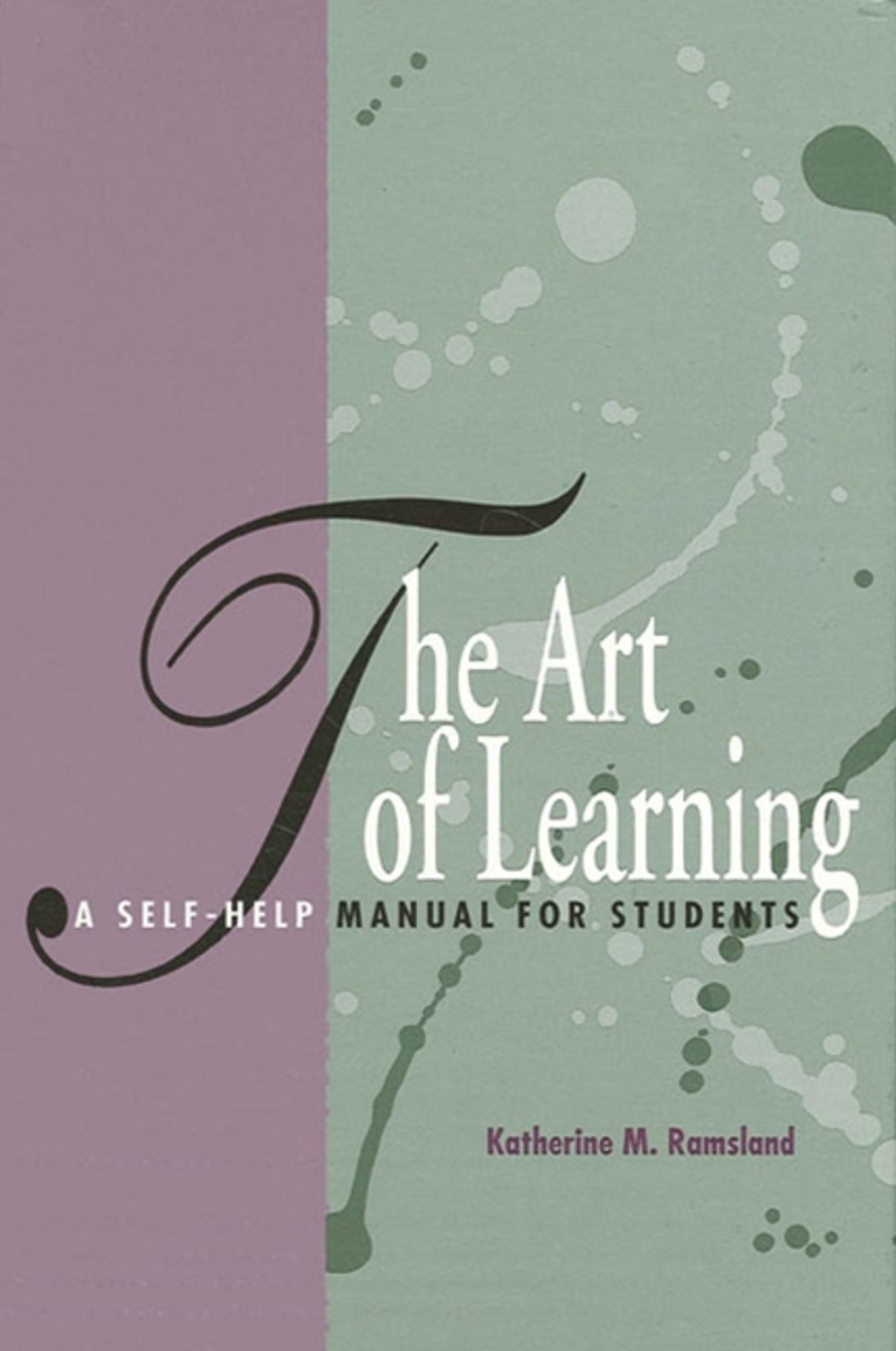We're sorry. An error has occurred
Please cancel or retry.
The Art of Learning

Some error occured while loading the Quick View. Please close the Quick View and try reloading the page.
Couldn't load pickup availability
- Format:
-
01 July 1992

Students who know how to tap their own resources have a better chance at success. The skills necessary to do this can be learned and it is the primary purpose of The Art of Learning to take them through the steps. Beginning with the importance of self-motivation, students are introduced to concrete methods for becoming responsible for their education and for moving beyond passive "information processing" to active involvement with classroom material.
The book combines insights from philosophy, psychology, education, and studies in creativity and peak performance in a handbook on the art of being a student. Focusing on motivation, learning blocks, self-examination, and concentration, Ramsland teaches students how to utilize inner instruction to achieve thinking, creativity, and maximum personal and academic benefits.
The art of being a student has been taken for granted. Students today need basic advice, and that advice should begin with the personal dynamics of the learning process.


Introduction
Part 1: The Art of Learning: Preliminary Preparation
1. The Will to Learn
2. Learning as Partnership
3. Being Prepared
4. External Hindrances to Learning
5. Internal Hindrances to Learning
6. Characteristics That Facilitate Learning
Summary of Part I
Part 2: The Art of Learning: Techniques
7. Double Reflection and Self-Awareness
8. Mental Agility
9. Visualization
10. Inner Direction
11. Being Still
12. Concentration
13. Flow
Summary of Part 2
Part 3: The Art of Learning: Applications
14. Learning in a College Setting
15. Inner Learning: Applications
16. Becoming a Master
Bibliography
Index



